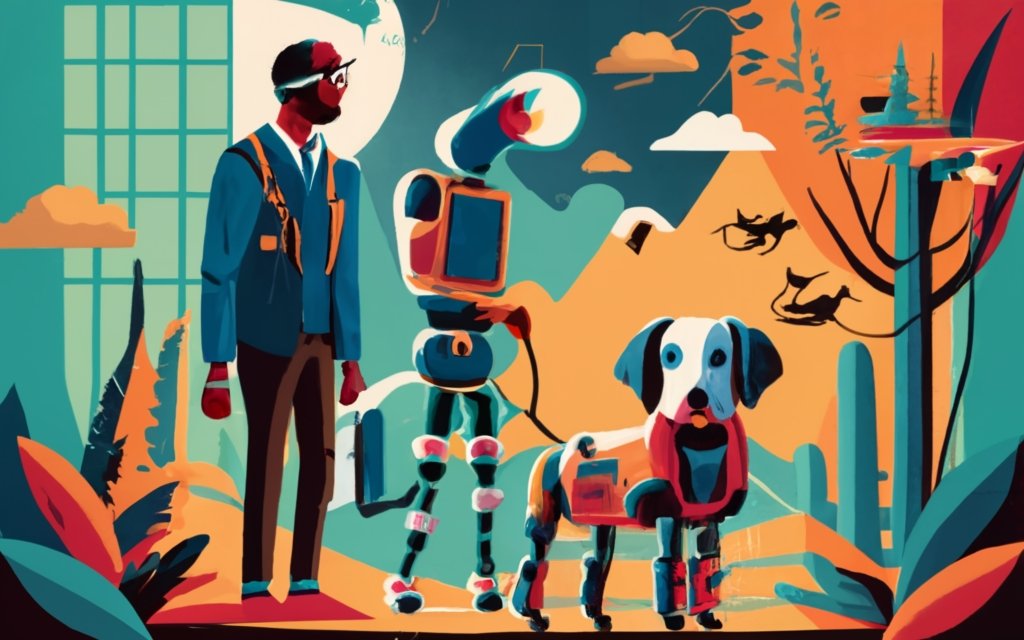In the age of digitalization and technological advancements, the world continues to witness innovations that not only enhance our daily lives but also bridge the gap for those with disabilities. One such groundbreaking development comes from Binghamton University’s Computer Science Department. A team of dedicated engineers has embarked on a mission to revolutionize the way visually impaired individuals navigate the world around them. Their solution? A robotic seeing-eye dog.
A Leap Beyond Traditional Guide Dogs
Guide dogs have long been the trusted companions of the visually impaired, offering them independence, mobility, and safety. However, the sad reality is that only a minuscule 2% of the visually impaired community can utilize a real seeing-eye dog throughout their lifetime. This startling statistic was the driving force behind the engineers’ pursuit of a more accessible alternative.
The Robotic Guide Dog in Action
Last year, the team showcased their quadruped robotic dog’s capabilities with a trick-or-treating exercise. Fast forward to now, and they’ve made significant strides. The latest demonstration involved the robot dog confidently leading a person down a hallway, adeptly responding to directive instructions. The robot’s ability to react to tugs on its leash showcases its potential to be a reliable guide for the visually impaired.
Final Thoughts
The emergence of the robotic guide dog underscores the transformative potential of technology in crafting a more inclusive world. As we journey ahead, the prospect of robotic allies not only aiding the visually impaired but also expanding the horizons of digital assistance is truly exhilarating.
One can’t help but wonder: When will the day come when we spot these robotic dogs playing in our local parks?
